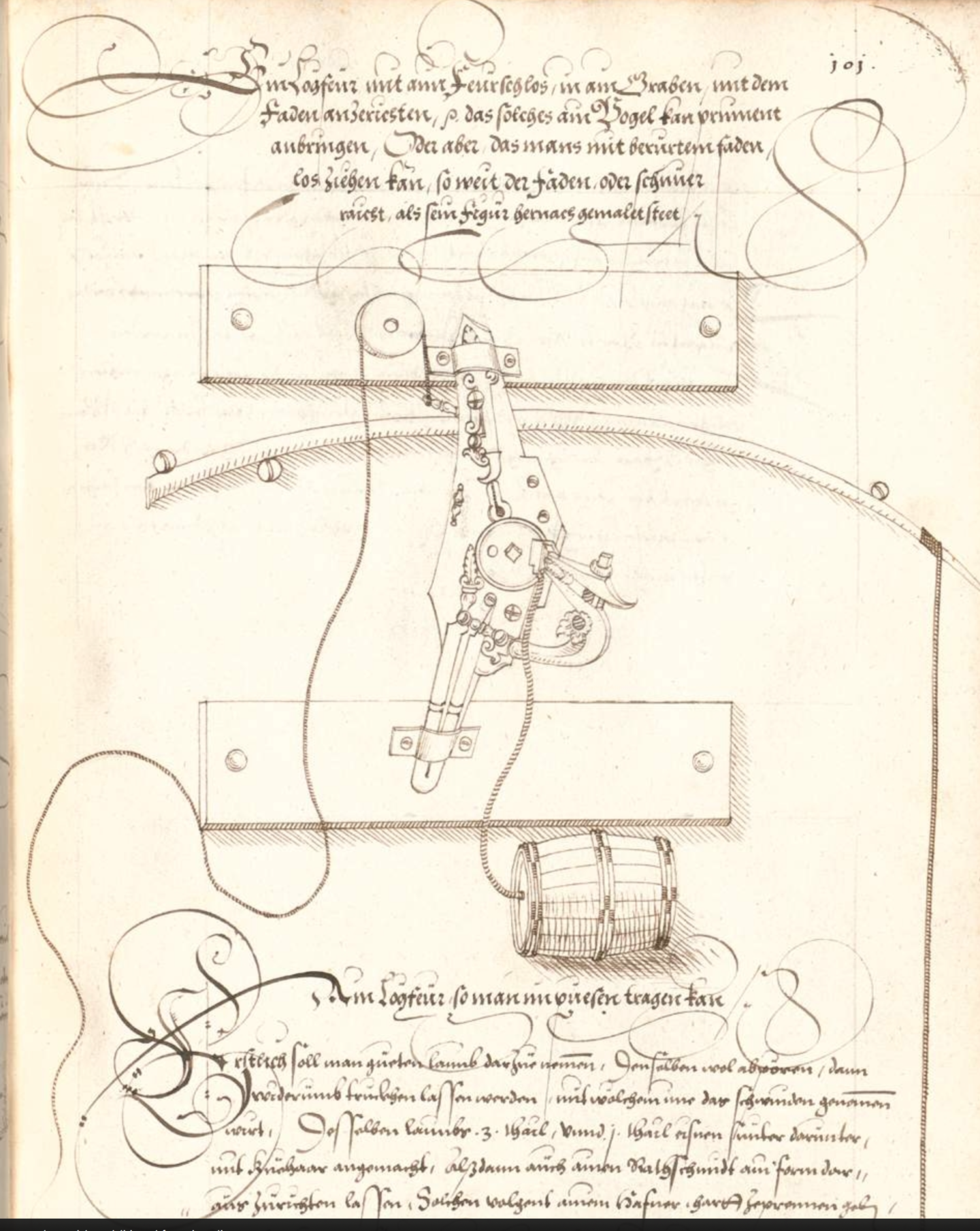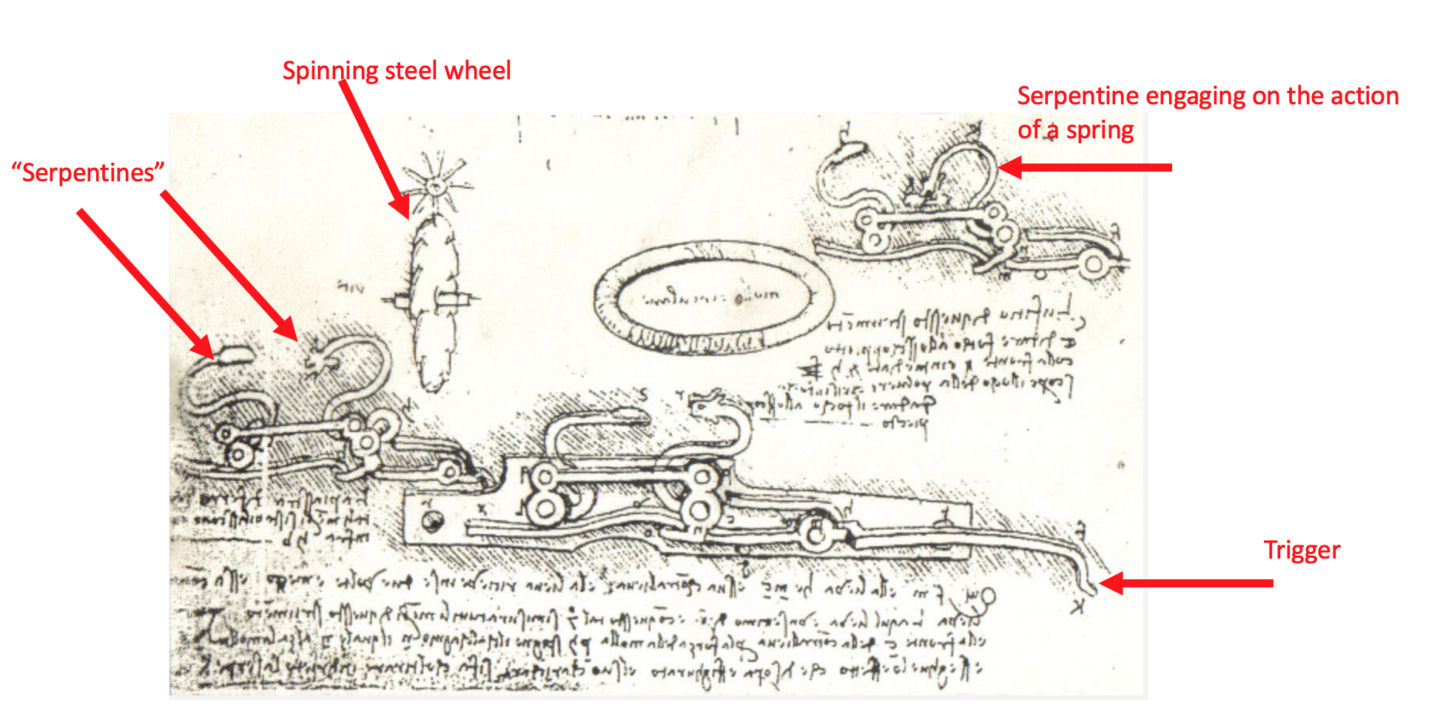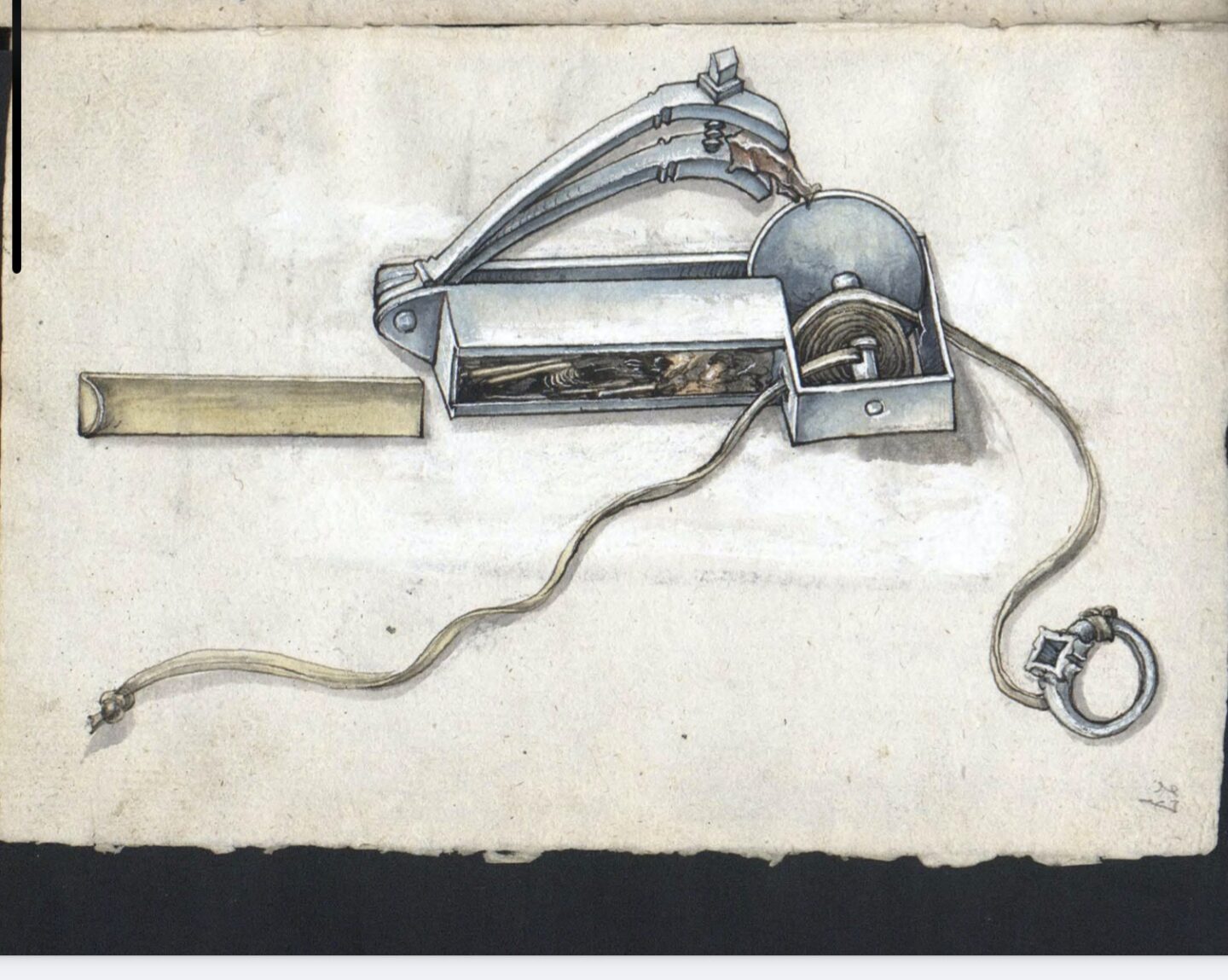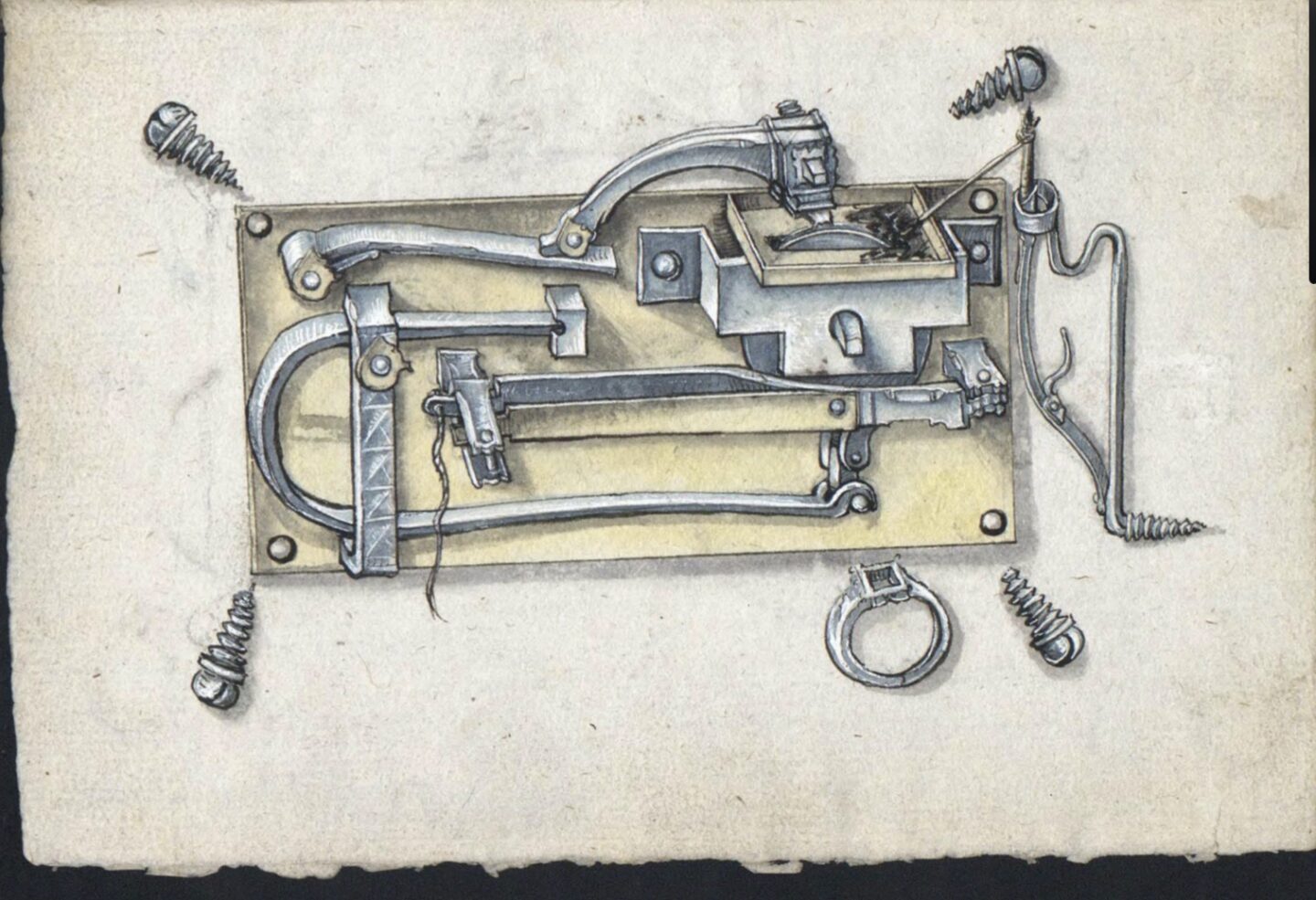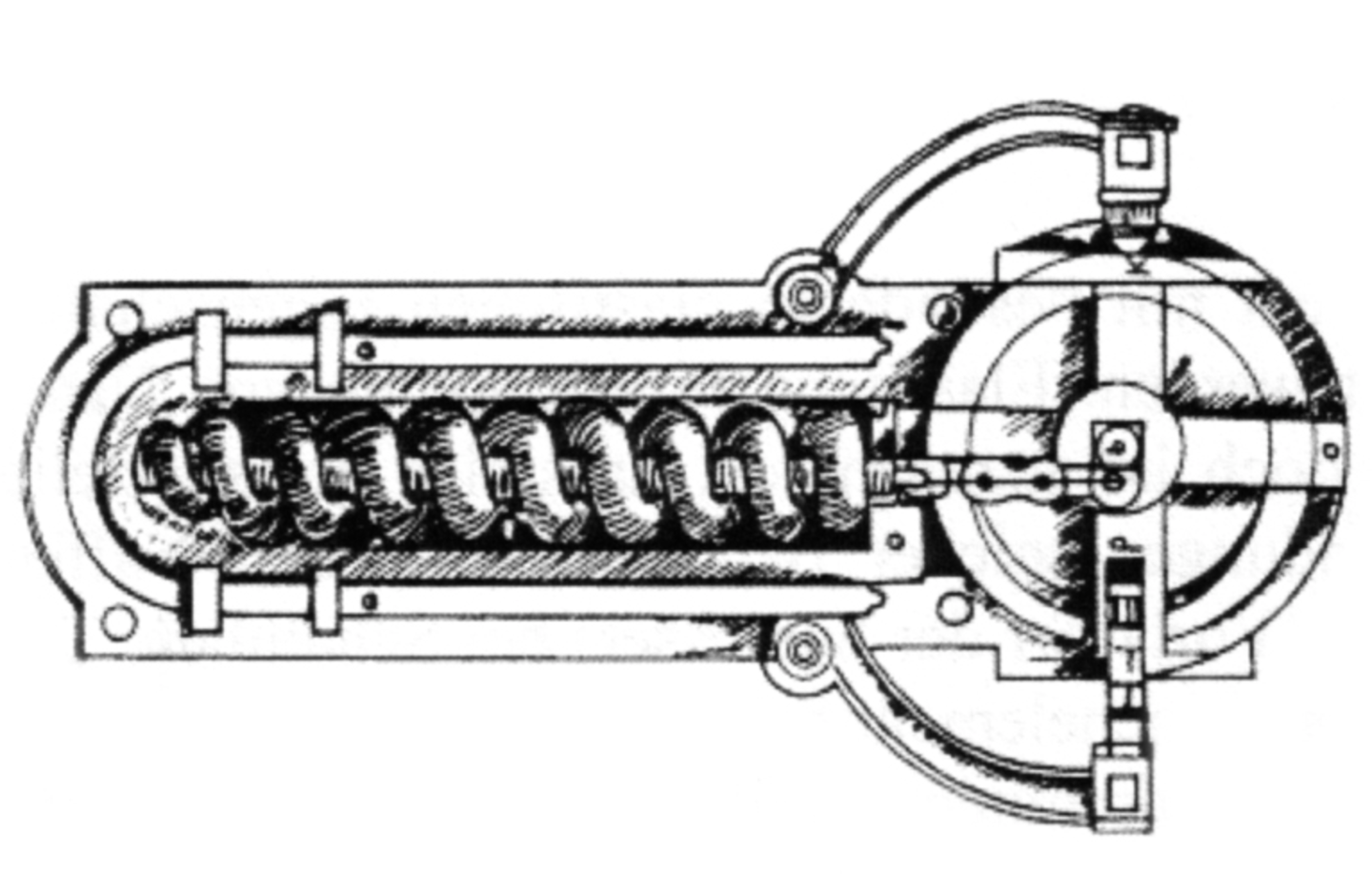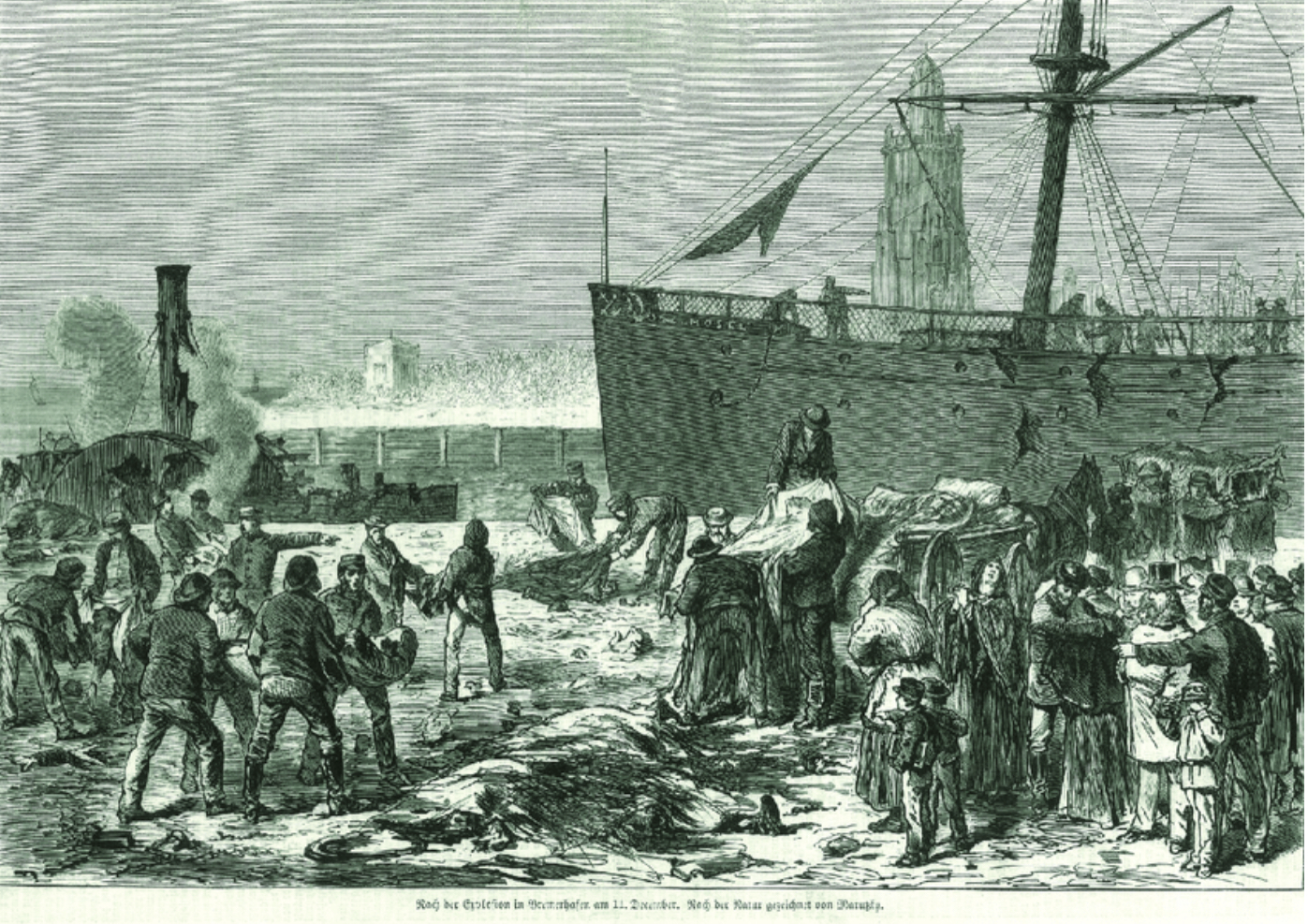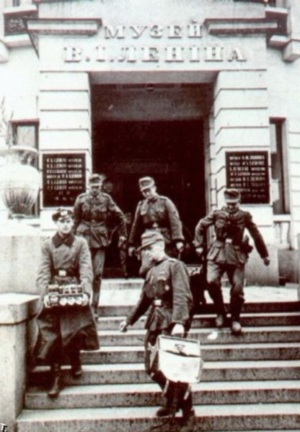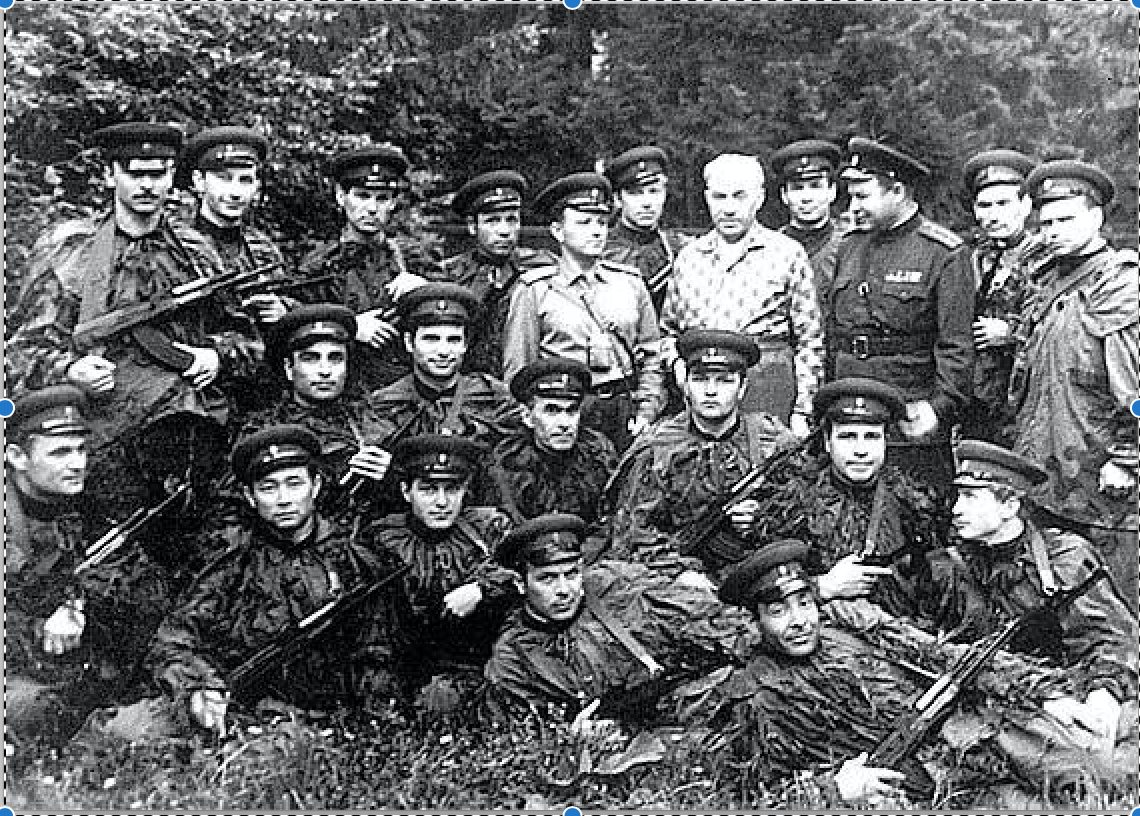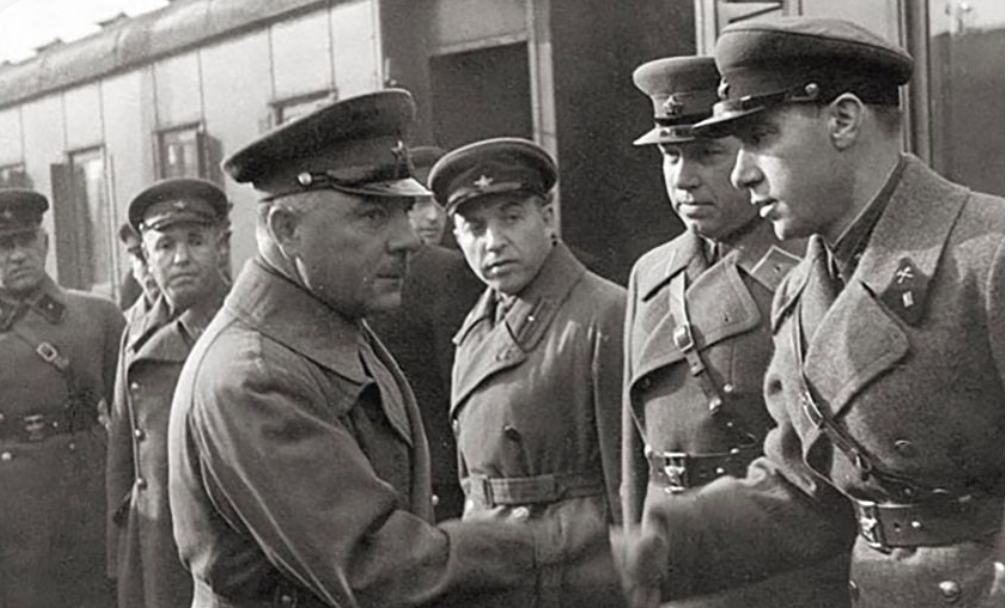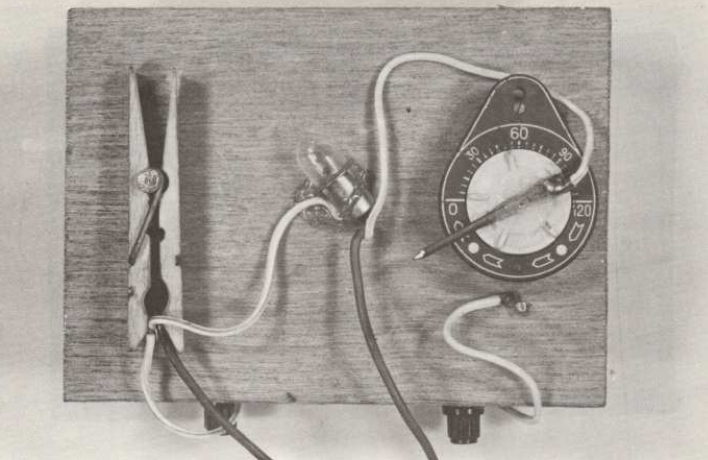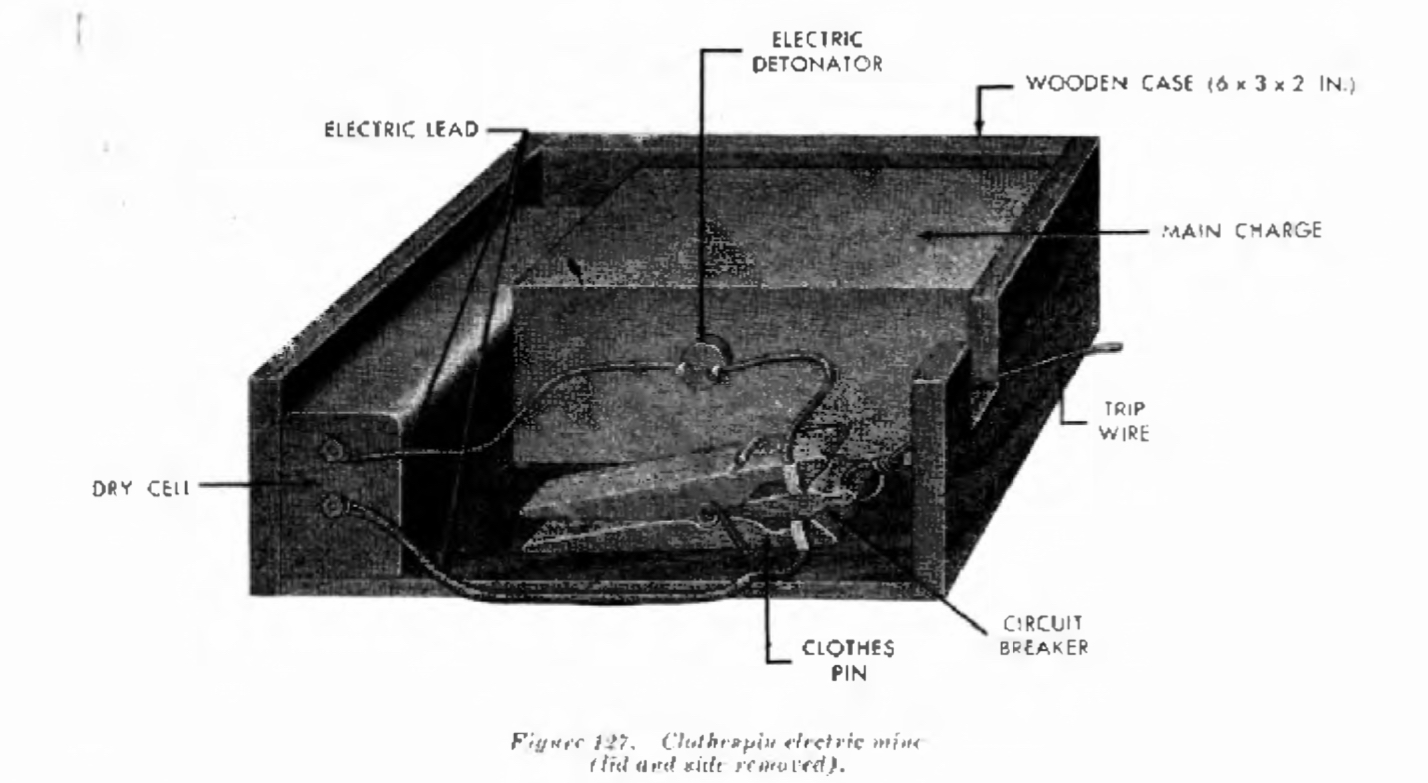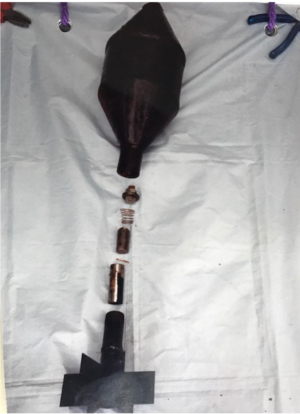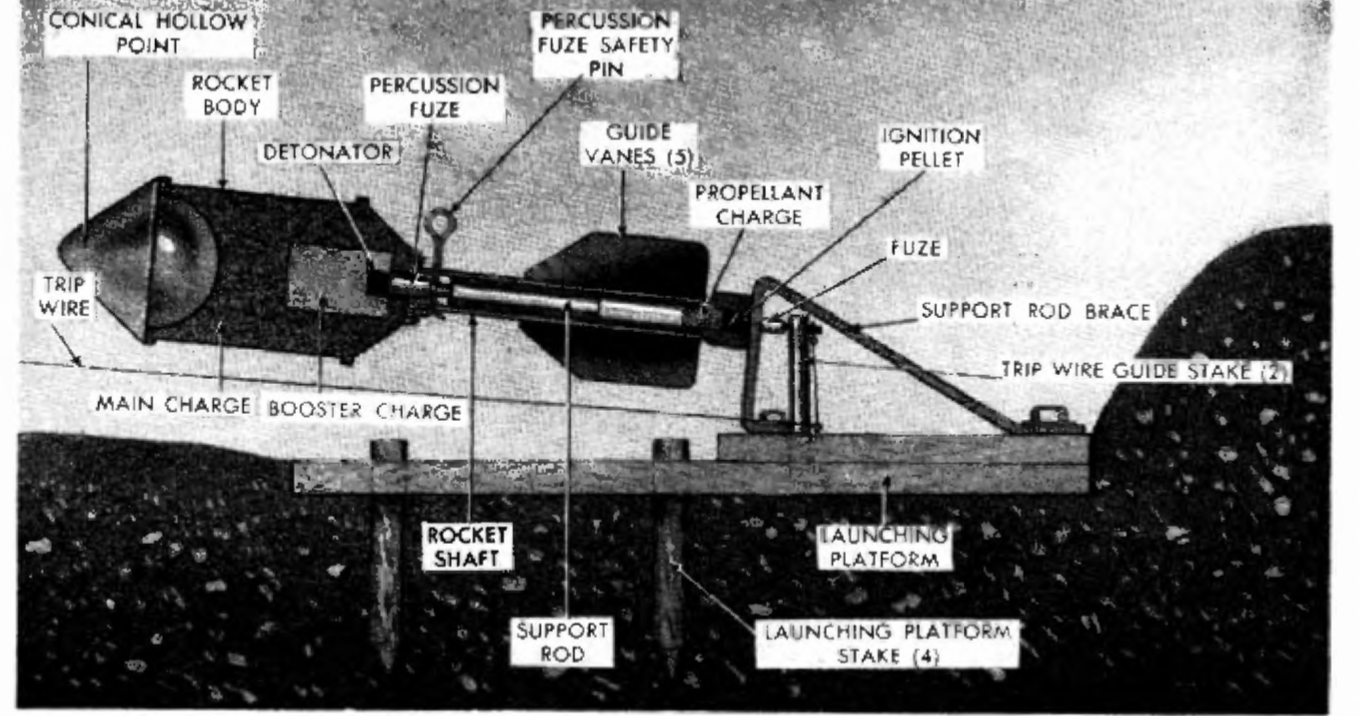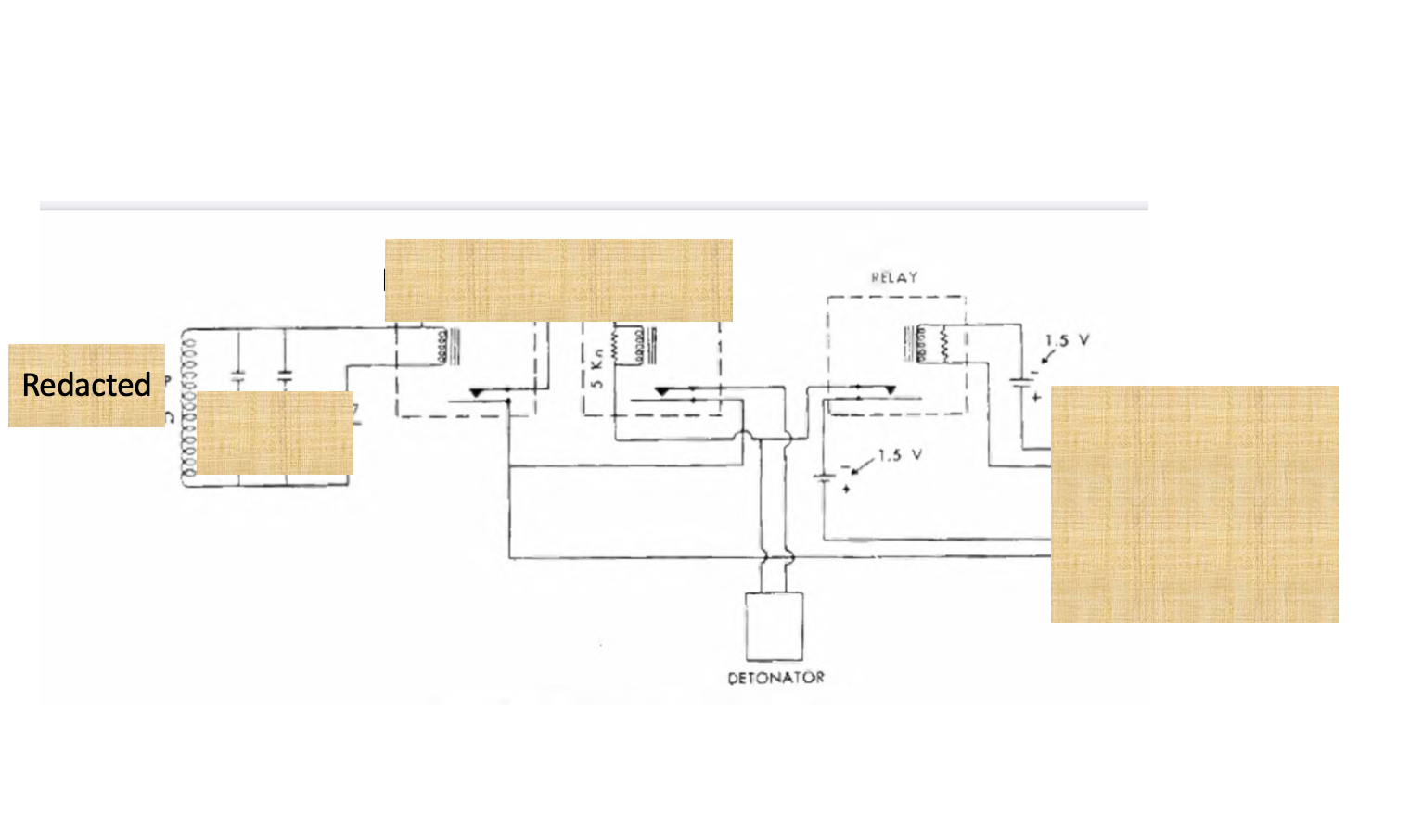I’m grateful to Prof Tim Wilson for drawing my attention to these peculiar 1931 railway bombings by Sylvestre Matushka. Here’s the story:
In the 1930’s the most important “infrastructure” in Europe was the railway system. As my previous posts about railways have discussed, (see the tab on railway bombings in the right-hand column) railways provide a useful target for explosive attacks – they impact the wider world economically and therefore always get attention, there’s thousands of unguarded miles of tracks and bridges that provide safe and unconstrained opportunity of access, the presence of a population dense, massive target, arriving at great speed can be predicted, and the very fact a train balances fairly precariously on rails is also a key factor. So trains and railways were (and remain) a popular target.
The protagonist in this story, Sylvestre Matushka, was a Hungarian engineer and businessman. Some reports suggest that during the First World War he was a soldier in an Austro-Hungarian military engineer unit, responsible for demolitions of railway lines which of course, if true, would be significant. He later became a manager and owner of a number of businesses including a quarrying company which gave him access to explosives or a justification to purchase explosives. Other reports suggest he was a chemist.
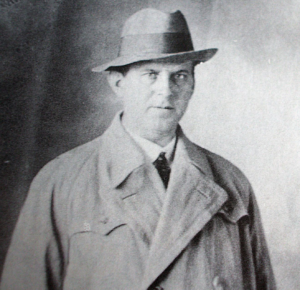
Matrushka, (in a dirty raincoat!)
He made at least two unsuccessful efforts to derail trains with explosives in Austria in December and January 1930/31. In the first attempt he loosened the railway track (also leaving a note saying ” “Assault! Revolution! Victory!”), but the attempted derailment failed. In the second, he fastened another rail across the track but that too failed to derail the train. Strange for him to use this methods if he was a chemist able to access explosives and had experience of damaging railway lines.
Then on 8 August 1931, he derailed a train with explosives causing over 100 casualties (none of them fatal) . The train was the Berlin-Basel express, and the attack took place just south of Berlin. I’m not sure of the device construction but one vague report suggests it was electrically initiated.
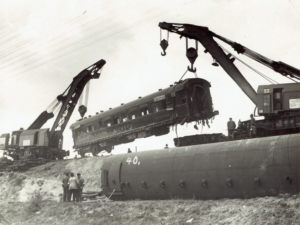
A little over a month later on September 13th, he successfully attacked the Budapest to Vienna express, a the Biatorbágy bridge near Budapest. His device was placed on the viaduct and the train and several carriages plunged into a ravine. Here 22 people died and 120 were injured. Matushka was arrested at the scene where he was pretending to be a surviving passenger. He was released but re-arrested a month later in Vienna, where he “confessed”. He was found guilty and sentenced to life imprisonment. 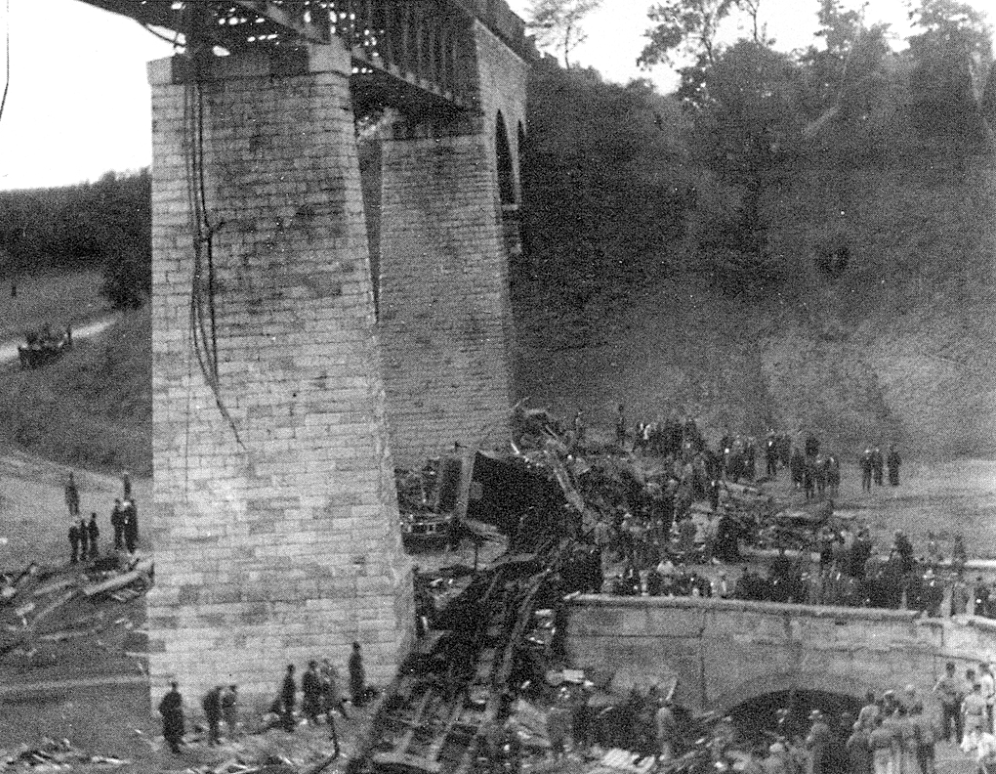
I have regrettably found little detail so far about the device here also. It reportedly used dynamite in one source but another more convincing source suggests the explosive was “ecrasite”. Dynamite as a main charge would match the quarrying background of Matruska but ecrasite would perhaps marry with the report he was a chemist, and as military explosive perhaps marry with the reports that he had been a demolitions officer in the First Wold War. One source, without explanation, suggests the Vienna device was initiated by the pressure of the train closing a switch. That’s interesting but I can’t confirm it yet. Such devices were certainly technologically possible, and were used in the Great War and before, as I have discussed in earlier posts, so would have been available in concept to Matushka. But he was “present at the scene” and a command initiated device would have been simpler perhaps, so I think there still remains a question mark over the initiation.
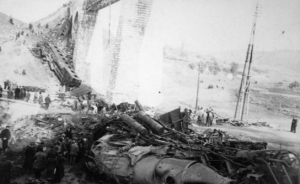
The question of Matushka’s “motivation” is interesting. Initially the investigations assumed a political motivation because at the Berlin explosion a defaced Nazi magazine was found and the note found after one of the earlier attempted derailments. Allegedly a letter was found after the last incident “praising revolution” but there are suggestions that this was a plant that enabled the government to implement an anti-communist security crack-down. Two communists were executed for supposedly encouraging Matrushka, but there were doubts about how genuine this was. At his trial he claimed he first claimed to have been directed by “God” to conduct the bombings, then that they were instigated by an imaginary or long dead friend, “Leo the Ghost” who only he could see and who had hypnotised him. The assessment at the time was that Matrushka was pretending to be insane. Then a story emerged that he had sexual gratification from seeing dramatic and tragically violent incidents. This was supposedly the first ever case of “Symphorophilia”, and to be honest I’m not aware of any subsequent ones involving explosives, so I’m a bit sceptical. To me, it’s no more believable than “Leo the Ghost”. In any event he was found guilty and sentenced to life imprisonment. Matushka remained in jail in Vac throughout most of the Second World War. Vac was liberated by the advancing Soviet Army, and at that point Matushka disappeared. There are unconfirmed but intriguing suggestions that he then worked for the Soviet Union under a new identity, as an explosives expert in the latter part of the War, and perhaps even operated as a demolition expert in the Korean War in the 1950s. The Soviet Union certainly had secret programs to cause disruption to Western European countries later in the 1930s (see my earlier posts on Ilya Starinov) , and some of these did include train bombings of a similar kind. There are other rumours (supposedly back by documents) that he reappeared in Hungary in the 1970s under another identity.
There is an interesting possible link to the first bombing near Berlin. The morning after the bombing, two policemen were assassinated by a communist group who were active at the time – and Berlin was a long way from Matushka’s home turf.
So the possibilities are that
- He was inspired by God
- He was inspired for reasons of perverted sexual gratification
- He was a right wing “plant” to justify anti-communist programs
- He was a communist operative.
Take your pick.

